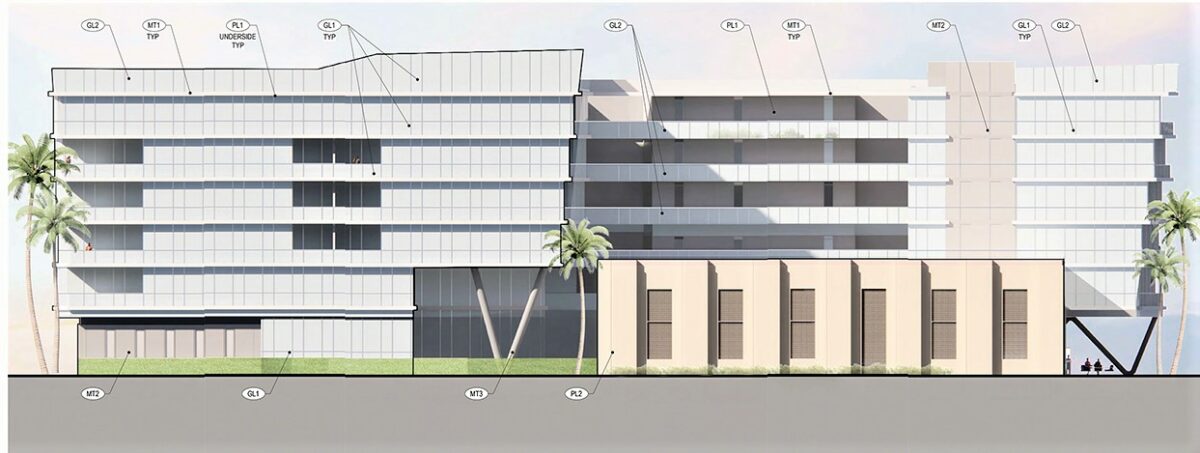by Garth Meyer
Los Angeles Superior Court delivered a victory for the City of Redondo Beach Feb. 8, ruling against AES site co-owner Leo Pustilnikov, who sought to use the “builder’s remedy” to obtain a court order for the city to approve his mixed-use project at the former S.E.A. Lab site on Harbor Drive.
Judge James Chalfant sided with the city in its assessment that Pustilnikov’s application was incomplete, since it did not align with the state Coastal Act, and the city’s certified coastal program.
Mike Webb, Redondo Beach city attorney, commended the ruling.
“We are grateful that Judge Chalfant correctly ruled that the city is obligated to comply with the California Coastal Act,” he said in a statement. “A position that the city has always taken in recognizing that the Act emphasizes the importance of public access to the coast, preservation of sensitive coastal habitat, and protection of coastal resources.”
The proposed project at the S.E.A. Lab site, named “Ten21 Harbor,” is a 30-unit development across the street from the power plant. A new six-story structure, roughly nine times the size of the S.E.A. Lab, would be built, with six affordable units, 7,124 square feet of commercial space and underground parking.
The S.E.A. Lab building would remain in place next to it.
“As the city argues, the judge wrote, “(Pustilnikov’s) position would mean that any portion of the coastal zone, including areas dedicated to visitor-serving commercial and recreational uses, could be redeveloped to low- and moderate-cost housing without any compliance with Coastal Act policies. This would eviscerate the protections afforded to California’s coastal zone.”
The city was represented in court by the law firm of Richards/Watson/Gershon.
“The project ignores the fact that the Coastal Act prevents the owner from applying the builder’s remedy in coastal zone areas not available for residential use,” Webb said.
The February ruling follows another in December, in a previous lawsuit from New Commune DTLA (Pustilnikov’s ownership group) in which the Court found that a state-required Redondo Beach housing plan took effect in time to stop a proposal to develop the AES power plant site.
Pustilnikov contended in this suit that the city got state approval for its eight-year housing plan too late in 2022 to avoid the builder’s remedy.
Judge Ronald Frank ruled that the city plan submitted to the state, known as a housing element, took effect the day the Redondo Beach city council voted on it, July 5, as opposed to two months later when it was approved by the state Department of Housing and Community Development.
If the housing element had been deemed official on the later date, Pustilnikov – because of the Aug. 10 filing of his project application – may have used builder’s remedy to sidestep Redondo zoning, and build 2,700 units of residential and commercial space at the power plant site.
The builder’s remedy is a previously obscure part of state law which exempts property owners from certain zoning rules if the city they intend to build in does not have a state-certified housing element – and the proposed project includes a certain amount of affordable housing.
A housing element is a list of places to zone for state-mandated new units. ER










